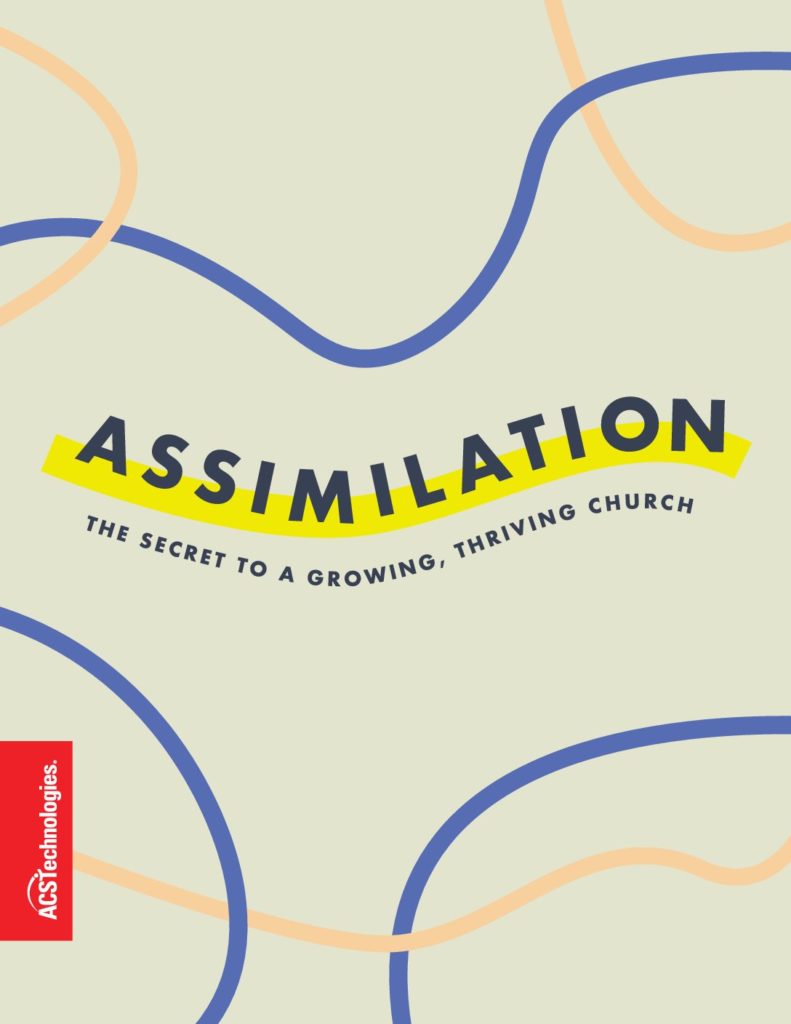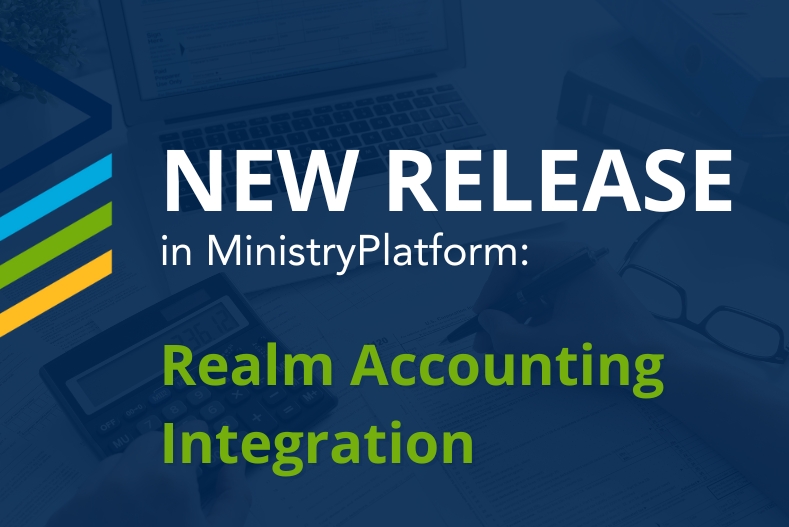Most churches and parishes want more people involved. Can I get an amen? That’s why churches plan events, and special activities, to draw people in. People show up. They attend. Then what happens? Unfortunately for most, this is where things often go awry. So much emphasis is placed on getting people in the door, yet little attention is paid to keeping those same people. As a result, it becomes a relentless roller coaster of attracting people who don’t stay. On the other hand, when new people are connected quickly, they’re far more likely to stay. Once involved. They commit and become deeply engaged. Your assimilation process makes this happen.
While it may feel like you have to crack a secret code to get people connected. I like the way Assimilation: The Secret to a Growing, Thriving Church spells out that if we start with these three things, it will unlock a clear path to being a stronger church that assimilates well:
- Set Expectations
- Connect Quickly
- Move Forward
Have you ever gone on a trip and said you’d just wing the details once you got there? Yeah, it didn’t work out too well for my wife, either. Picture this: everything is in the car. I’m driving us to our happy place. The youngest asks when we’ll get there, of course. If we’ll be checked into the hotel in time to eat lunch. And if so, at which restaurant. My wife excitedly turned around to look at their faces and said, “Well, I thought we could try something new and all just pick where to eat and visit each day!”
Wait, what?! There was complete silence. What she thought would be adventurous was met by all of our completely blank faces expressing this lack of planning and winging it sort of thing just did not compute. We had all grown accustomed to her putting on the pseudo travel agent hat that she loves to wear and planning it all out. There was an expectation that we would simply show up, and our next steps would have already been planned so we would know our course of action.
We picked up our jaws from the car floorboards and spent the next few minutes talking about what we looked forward to doing and, thanks to a smartphone, she got busy planning in plenty of time prior (it was a six-hour trip, after all) to our arrival and rest assured, we had a brilliant time. Here’s the thing: people value a plan. The last thing we want to see on our visitors’ faces is a blank stare. How to get people coming to church after the covid pandemic has been the first obstacle. And how to keep them engaged and coming back to connect is our current challenge.
Set the standard that visitors will be warmly greeted at your event and shown where to go, where the restrooms are, point them or even better walk them to the help desk and intently ask them if they have questions and how you can further help them. We’ve all been a guest somewhere and not known the in’s and out’s and felt out of place – so set out to make it structured and comfortable for them and think about what you would want to know if you were the visitor. Then they’ll be given the option to share their personal contact information where they can be reached after the event. Let them know of your intentions so they in turn know what to expect- that’s friendly accountability after all.
Strike while the iron is hot. So what’s that next step to engage them? Maybe you’re baking cookies and dropping them off at your visitors’ homes with a note or sending them a personalized text with a gif that you look forward to seeing them. Whatever your next step, just do it in small and consistent ways, so visitors know that you are following up as you said and that they are valued.
You’re making good on your follow-up, and now it’s up to them to respond. It’s kind of like a game of tag where one person is “it” and then pursues the others in the game to tag them so they can be “it” and chase others to become “it.” Tag is a much more engaging game than hide and seek, where one person counts and the others hide. The seeker then searches everywhere for the lost, and if they’re not found, the game just starts over.
It’s a bit rewarding as a kid if you find a super cool spot, and then that feeling quickly turns to deflating because no one finds you, and you just sit there for what seems like forever until the seeker gives up. Don’t give up! You’ve actually found your people because they came to your event- now “tag” them and let them know you held up your end of the bargain to pursue them, so now it’s up to them to show up for the next thing. You might have to keep seeking, tagging, and reaching out, and that’s okay! Just show up for them and let them know your heart connects them with your church community.
Don’t forget to map it out and get moving so your people know where to go and what to do. For example, let’s say the Johnson family, who lives around the corner from your church, came to one of your popular Friday night family movie nights in the parking lot. They met several church families (we may call them volunteers strategically placed around the parking lot looking for new faces to welcome and get to know). And then, they may decide that next time, they might want to park next to and tailgate with these specific church families because their kids go to school together. Or they share a love for golden doodles. Or they’re retired and brought their grandchildren.
There are many reasons people connect with others, so make sure your volunteers are just as diverse. These church families then reach out to the Johnsons between the movie night events to connect with them about something they talked about when they met the first time. They’re building a relationship with the Johnsons to engage them. After a few movie nights, the Johnsons come to a church service and decide to attend a small group with some of the families they’ve met. They’re on their way to being connected to your church family. Your movie night volunteers had a clear plan of action and purpose because you mapped it out and shared it ahead of time with them: meet, engage and connect.
Our mission is to reach our communities and invite them into our church family so that they (1) have a relationship with Christ and (2) can use their unique gifts and talents to help reach others. Assimilation is about intentionally connecting people to your church. It’s building relationships. And, yes, It’s a challenge to look for ways to do things that take a little more work: a phone call, a handwritten note, and so on because this is how you build strong churches: connecting with people, so they connect to your church.
A growing church means people are coming. The music encourages them. The teaching makes them think. The environment welcomes their whole family. But a church only grows if those people stay. Why do they stay? By getting connected. In other words, by getting assimilated to the church. Our newest resource, Assimilation: The Secret to a Growing, Thriving Church, eliminates this frustration for you, your staff, and your church, along with the other guides in the Know and Grow Series: Solutions to Large Church Problems. And, to make it even easier and so you don’t miss any of our Church Growth Resources, you can also receive our ministry blog posts straight to your inbox!
Chuck is a clergy member of the Florida Conference of the United Methodist Church. He has over 30 years of experience in the strategic use of community demographic information, has served as a church planter, and has provided UMC Conference leadership in missional development and ministry advancement.





